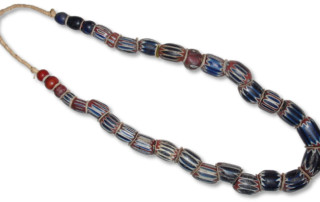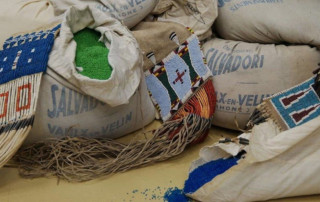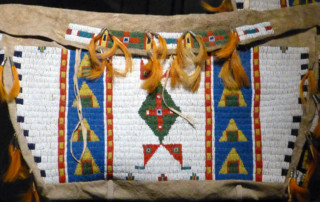History of Silver & Gold Heishi in Southwestern Native American Jewelry
The history of silver and gold heishi in Southwestern Native American jewelry is deeply rooted in cultural traditions. Heishi beads, originating from the Santo Domingo (Kewa) Pueblo in New Mexico, are among the oldest forms of jewelry in the Southwest. Traditional was made from natural materials like shells and stones, meticulously shaped into small, uniform pieces. The term "heishi" derives from the Keresan word meaning "shell bead".










